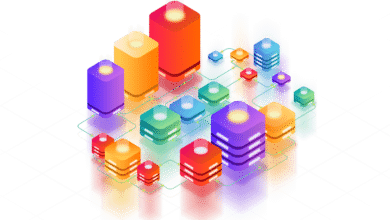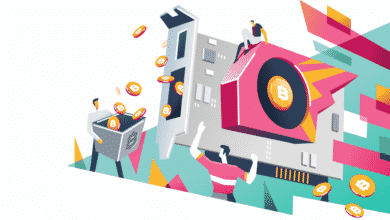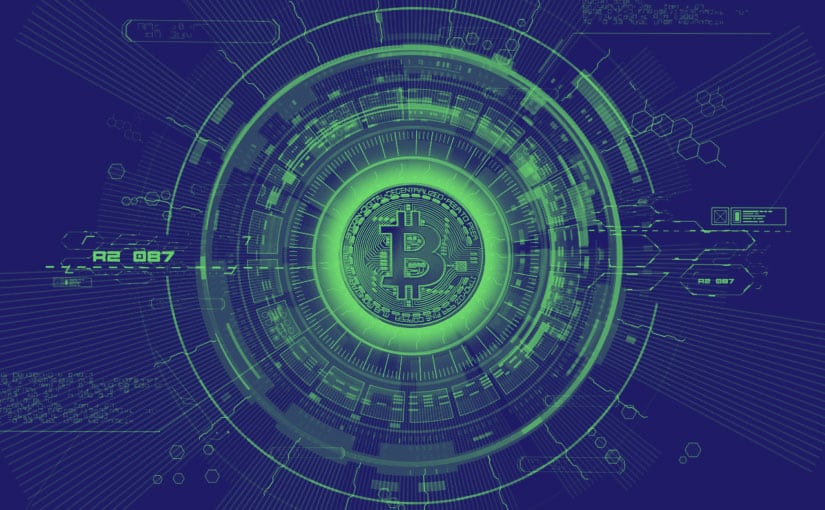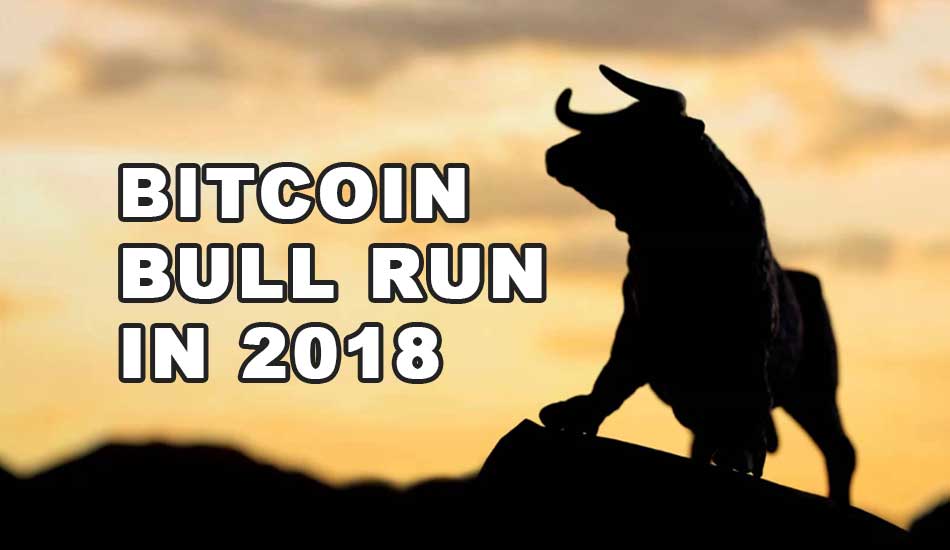The supply of the first cryptocurrency is limited to 21 million coins. Why miners won’t shut down equipment after mining them and when to expect a supercycle of growth for the major digital asset
The future of mining
The end of bitcoin mining will not happen soon, according to experts. The last coins in the bitcoin network will be mined in 2140. The experts explained that mining the first cryptocurrency will not die for years after all bitcoins are mined, as the complexity of the network will grow in proportion to the number of miners.
For this purpose, the bitcoin blockchain has a complexity recalculation mechanism, which is activated every fortnight.
“As of early October 2021, miners have mined nearly 90% of all bitcoin issuance (18.8 million of the 21 million BTC). The first cryptocurrency has been mined since its inception in 2009. “
The network complexity determines the amount of computing power required to find a new block in the bitcoin blockchain. This varies every 2016 blocks, or approximately every fortnight. This is needed to keep the block finding time around 10 minutes.
Halving is the doubling reduction of the reward for a mined block by a factor of two, which occurs every four years. Initially miners received 50 bitcoins, this was reduced to 25 coins in 2012 and to 12.5 coins in 2016. On 11 May 2020, it was reduced to 6.25 bitcoins. Halving occurs every 210,000 blocks mined. The next halving is expected to take place in 2024.
As the network and the number of transactions grows, the fees for those transactions increase. He explained that the commission per block mined is already between 0.25 and 3 bitcoins (depending on the load on the blockchain).
“After the last block is mined, miners will receive these commissions as remuneration for their work, so mining cannot stop being profitable for miners,” the expert explained.
In the future, bitcoin network commissions will increase, if the cryptocurrency is used universally for transnational payments and the rewards per block will gradually wind down.
“The calculation will be done by market mechanisms – how much the sender is willing to pay and how much the miner is willing to include that transaction in the block, that’s between those two figures.”
“The creator of the first cryptocurrency, Satoshi Nakomoto, envisaged exactly this model of bitcoin development,” the expert recalled.
Bitcoin’s economic model takes into account a situation where all coins are mined. He argues that miners will not run at a disadvantage, as the network and transactions cannot be run without them. Experts believes that once all bitcoins are mined, there will be an increase in transaction fees.
Super cycle of growth
When the reward to miners for a mined block becomes less than one bitcoin, there could be a supercycle of growth in its price, experts believe. In their view, such a reduction in the reward per block will trigger a rise in bitcoin prices to $1 million. This could happen as early as the next decade.
“The cherished $1 million mark is unlikely to be more than 10 years away, so it’s wise to invest in the asset now.”
According to the forecast, the value of the first cryptocurrency will exceed $1 million by 2050, as countries will see the full benefits of introducing bitcoin into their economies.























